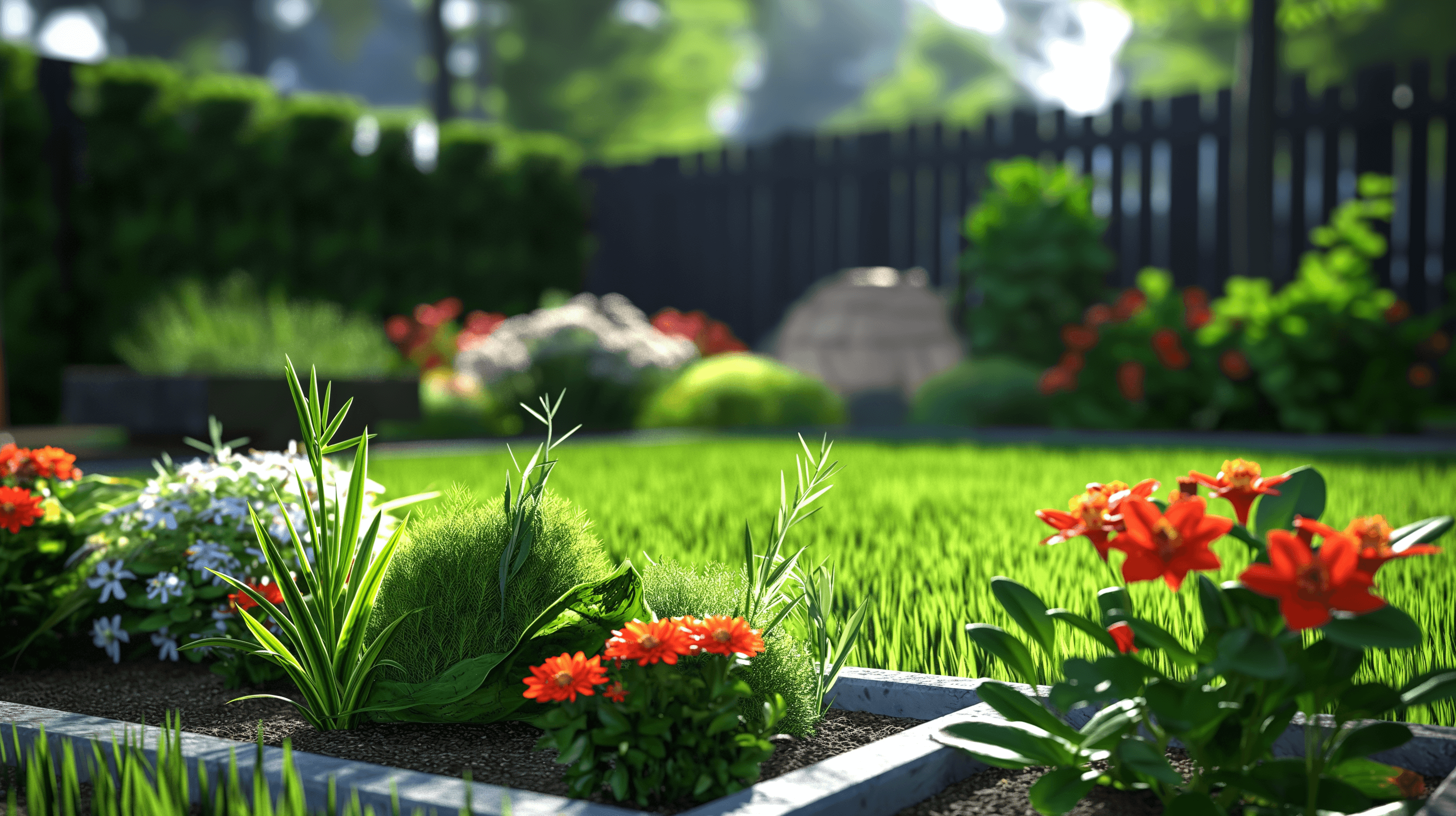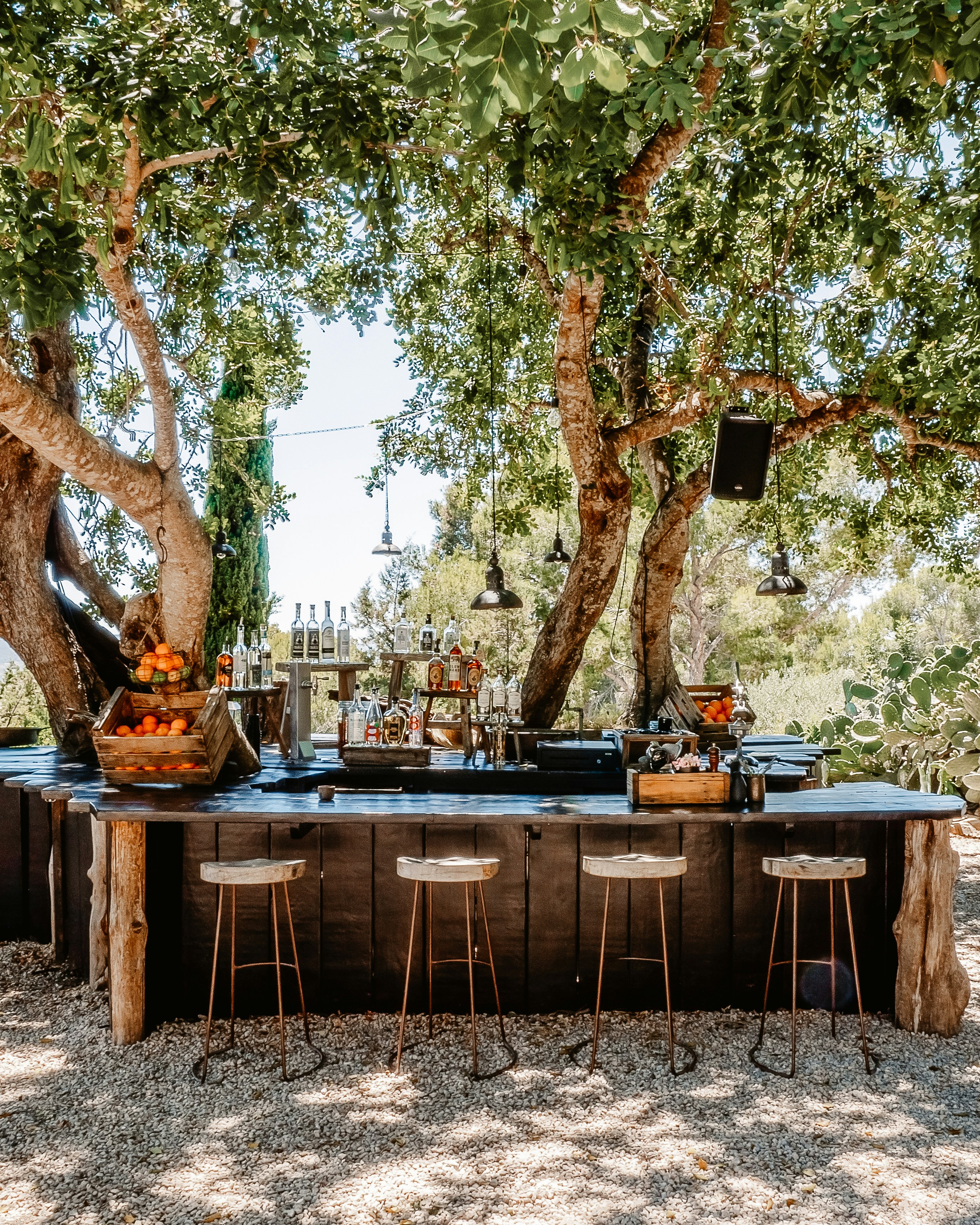Home Features
What is a Prefab Home?
A prefab home, short for prefabricated home, is a type of residence that is constructed off-site and then transported to its final location for assembly. These homes are built using pre-made components and modules, offering a more efficient and streamlined construction process compared to traditional on-site building methods. Let's delve into the key features and aspects of prefab homes:
Characteristics of Prefab Homes:
1. Off-Site Construction:
Prefab homes are primarily constructed in a factory or manufacturing facility rather than being built entirely on the home's final site. This off-site construction allows for more controlled conditions and efficient production.
2. Modular Components:
The building components of prefab homes are typically modular, meaning they are pre-made in standardized sections or modules. These modules can include walls, floors, roofs, and even entire rooms.
3. Transportability:
Once the prefab components are manufactured, they are transported to the home site for assembly. This transportation is often done using trucks, making it easier to deliver the modules to various locations.
4. Assembly on Site:
On-site assembly involves connecting the prefabricated modules to create the final structure. This assembly process is generally quicker than traditional construction, reducing on-site labor time.
5. Design Flexibility:
Prefab homes offer design flexibility, allowing homeowners to choose from various styles, layouts, and finishes. Some companies even provide customization options to meet specific preferences.
6. Cost Efficiency:
Prefab homes can be cost-effective due to the efficiency of the manufacturing process. Labor costs are often reduced, and the controlled environment of the factory minimizes waste.
7. Energy Efficiency:
Many prefab homes are designed with energy efficiency in mind. The controlled manufacturing environment allows for precise insulation installation, and some prefab homes come with energy-efficient features.
8. Quick Construction Timeline:
The construction timeline for prefab homes is typically shorter than traditional construction. Since much of the work is done in parallel in a factory, the on-site assembly is quicker.
9. Green Building Practices:
Prefab homes can align with green building practices. The controlled manufacturing process allows for better material management, and some prefab homes incorporate sustainable and eco-friendly materials.
10. Varied Construction Methods:
There are different types of prefab construction methods, including modular construction, panelized construction, and manufactured homes. Each method has its own characteristics and advantages.
Types of Prefab Homes:
1. Modular Homes:
Modular homes consist of individual modules or sections that are manufactured off-site and then transported for assembly on the home site.
2. Panelized Homes:
Panelized homes use pre-made wall panels and components that are delivered to the site for assembly. The panels are typically constructed with insulation and other necessary features.
3. Manufactured Homes:
Manufactured homes, also known as mobile homes, are entirely built in a factory and transported to the site. They are placed on a permanent foundation.
4. Tiny Homes:
Tiny homes, often considered a form of prefab housing, are compact dwellings that maximize space efficiency. They can be constructed off-site and transported to various locations.
Considerations for Prospective Buyers:
1. Local Building Codes:
Check local building codes and regulations to ensure that prefab homes are permitted in the area. Some regions may have specific requirements for prefab construction.
2. Site Preparation:
Adequate site preparation is crucial for the successful installation of a prefab home. This includes preparing the foundation and ensuring accessibility for delivery and assembly.
3. Builder Reputation:
Research the reputation and experience of prefab home builders. Look for reviews, testimonials, and examples of their previous projects to assess their quality of work.
4. Customization Options:
If customization is important to you, inquire about the level of customization offered by the prefab home builder. Some companies provide a range of options, while others may have more limited choices.
5. Financing and Insurance:
Check with financial institutions about financing options for prefab homes. Additionally, ensure that insurance providers offer coverage for prefab homes.
6. Long-Term Durability:
Assess the long-term durability of the prefab home. Consider the materials used, construction techniques, and warranties provided by the builder.
7. Energy Efficiency Features:
Inquire about the energy efficiency features of the prefab home. This may include insulation, energy-efficient windows, and other sustainable features.
Conclusion
Prefab homes offer a modern and efficient alternative to traditional construction, providing flexibility, cost-efficiency, and quicker construction timelines. As with any home purchase, prospective buyers should conduct thorough research, consider customization options, and ensure that the chosen prefab home aligns with local regulations and their specific needs. The varied types of prefab construction methods allow buyers to explore different options based on their preferences and requirements. Whether choosing a modular, panelized, or manufactured home, the prefab housing industry continues to evolve, offering innovative solutions for contemporary living.




